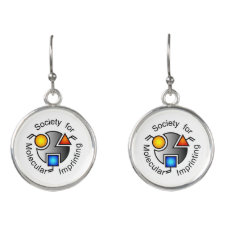
Authors: Rocco A, Maruška A, Fanali S
Article Title: Enantiomeric separations by means of nano-LC.
Publication date: 2013
Journal: Journal of Separation Science
Volume: 36
Issue: (3)
Page numbers: 421-444.
DOI: 10.1002/jssc.201200886
Abstract: Enantiomers represent a class of compounds extensively investigated since they can show totally different behaviors when they interact with a chiral environment. Because of their identical chemical structure (they differ only in the spatial arrangement of the atoms in the molecule), the separation of optical isomers is a challenging task of analytical chemistry. So far employed methods for the separation of enantiomers are mainly based on chromatography. CE as well was considered as an analytical technique suitable for chiral separations, characterized by high efficiency and low consumption of reagent. Recently, miniaturization was introduced in LC to answer the needs to perform analyses in the minimum time, to use the smallest amount of samples and to reduce environmental pollution. Nano-LC represents nowadays a valid alternative to the abovementioned conventional analytical techniques, and can be advantageously exploited for enantiomeric separation especially because it needs minute amounts of the chiral material necessary to carry out enantiomeric separations. This review describes the development and applications of nano-LC in the field of chiral separations. The data reported in literature show its relevance for the study enantiomers-chiral selectors interaction, as well as for application in pharmaceutical and clinical research
Template and target information: Review - nano-LC
Author keywords: Capillary column, chiral separation, enantiomer, Nano-LC



Join the Society for Molecular Imprinting

New items RSS feed
Sign-up for e-mail updates:
Choose between receiving an occasional newsletter or more frequent e-mail alerts.
Click here to go to the sign-up page.
Is your name elemental or peptidic? Enter your name and find out by clicking either of the buttons below!
Other products you may like:
 MIPdatabase
MIPdatabase









